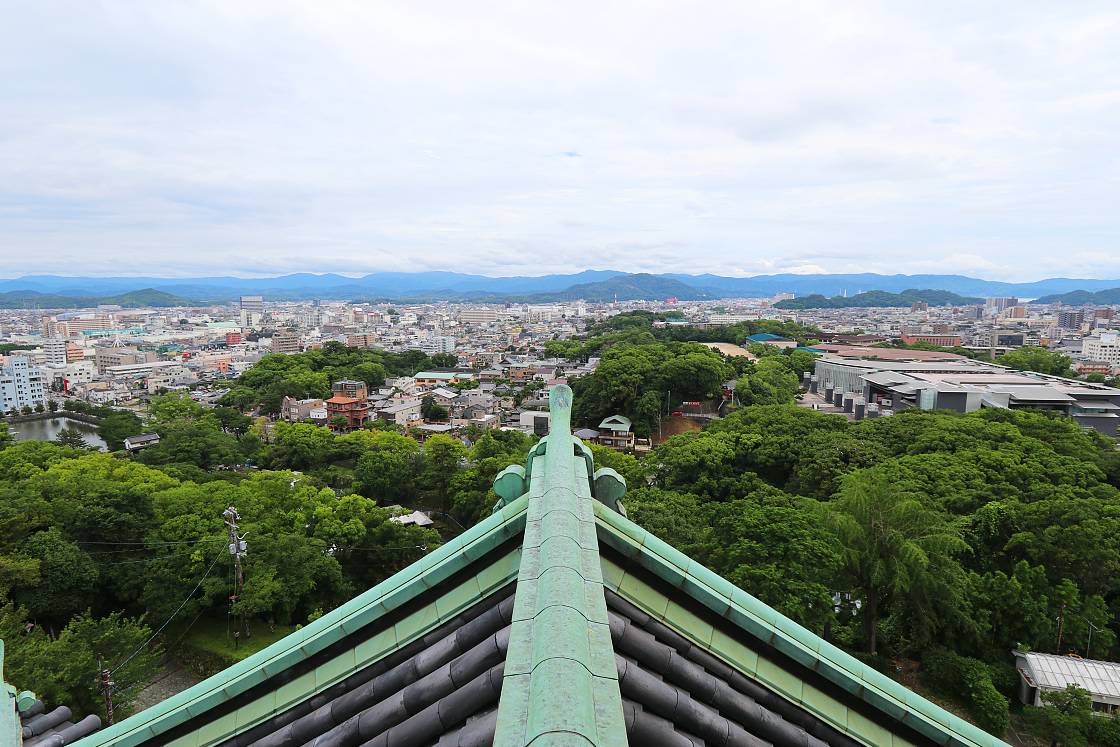Off the beaten track in Wakayama City
One of several private rail networks serving Japan's Kansai Region, the Nankai Electric Railway extends from its base in downtown Osaka as far as Wakayama, as well as connecting to Kansai International Airport. One of Japan's oldest private railway companies, it predates all of Tokyo's electric railways, and takes its name from the ancient highway leading south from Kyoto to Wakayama and across the sea to Shikoku.
Through the Nankai Railway, visitors to Kansai can access a wide range of overnight or day-trip destinations. For this video project, we set out to introduce a handful of Wakayama City's highlights - from a peaceful fishing town to its impressive reconstructed castle - all reachable from Osaka in a single day of travel and at a relatively relaxed pace.
My day began at Nankai Namba Station - a major station in Osaka's busy Minami District, connected to the Namba Parks development and surrounded by shops, restaurants and hotels. From here, a limited express train took me southwest out of the city, along the edge of the Osaka Bay and into Wakayama City, taking just over an hour. Arriving into Wakayamashi Station, I changed to the Kai - one of several nautically-themed Medetai trains on the local Kada Line - for the second part of my journey.
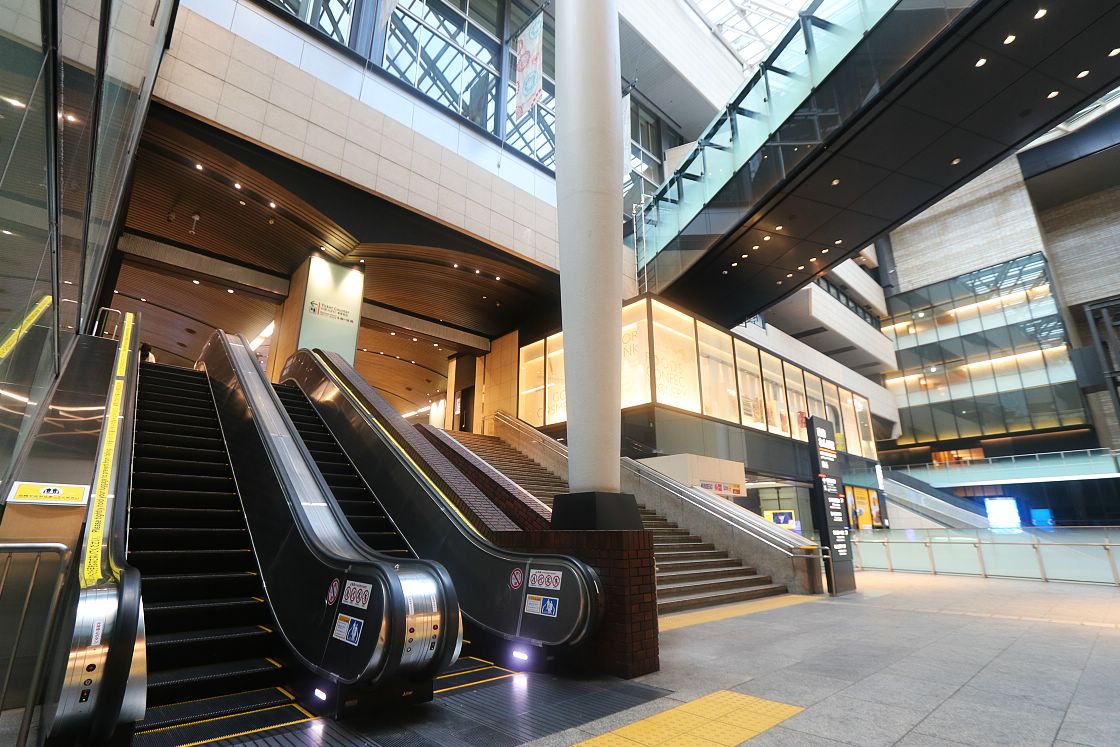

Located just across from Awaji Island at the mouth of the Osaka Bay, the town of Kada has a long history as the primary crossing point from the mainland onto Shikoku, and is even mentioned in Japan's oldest written chronicle, the Kojiki, dating as far back as 712. While its fortunes waned with the transfer of Japan's capital from Nara to Kyoto in 794, they were revived centuries later in 1635, when the shogun required local lords to spend a portion of each year in Edo (today Tokyo), bringing lords and their retinues across the straits on a regular basis.
Today, it's a sleepy port town perhaps best known to foreign visitors as the crossing point to the nearby abandoned islands of Tomogashima, and to the Japanese as a popular fishing spot, but its sweeping coastal views and peaceful atmosphere make it a worthy side trip destination in its own right.
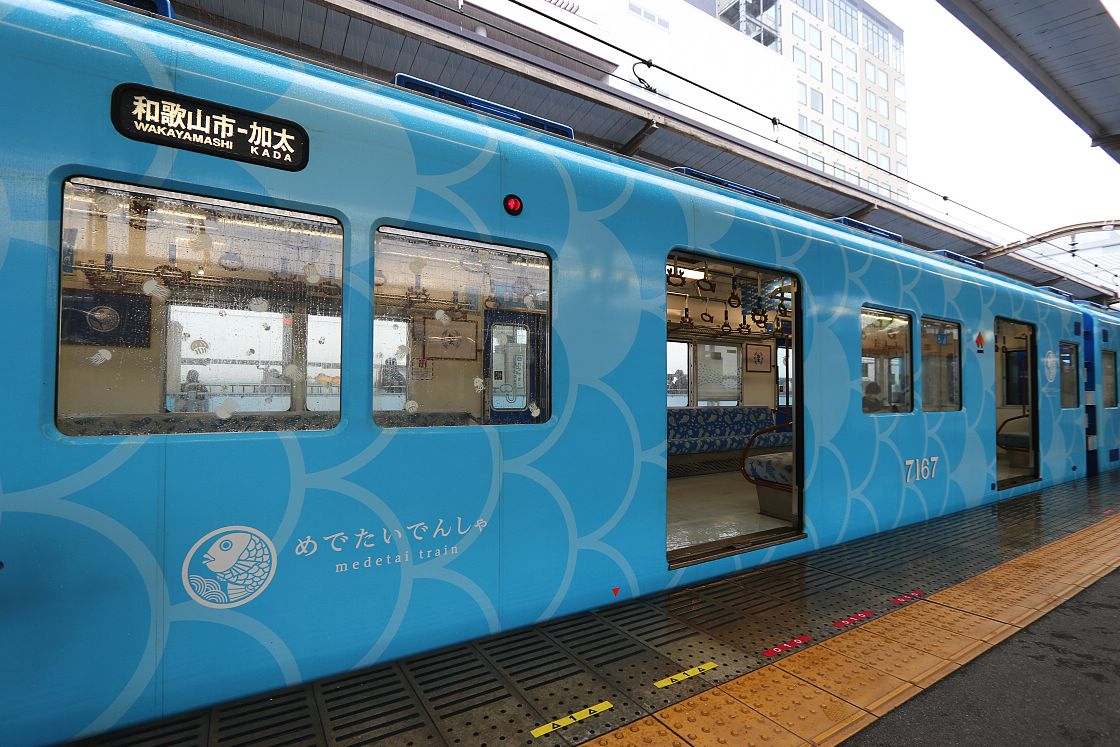
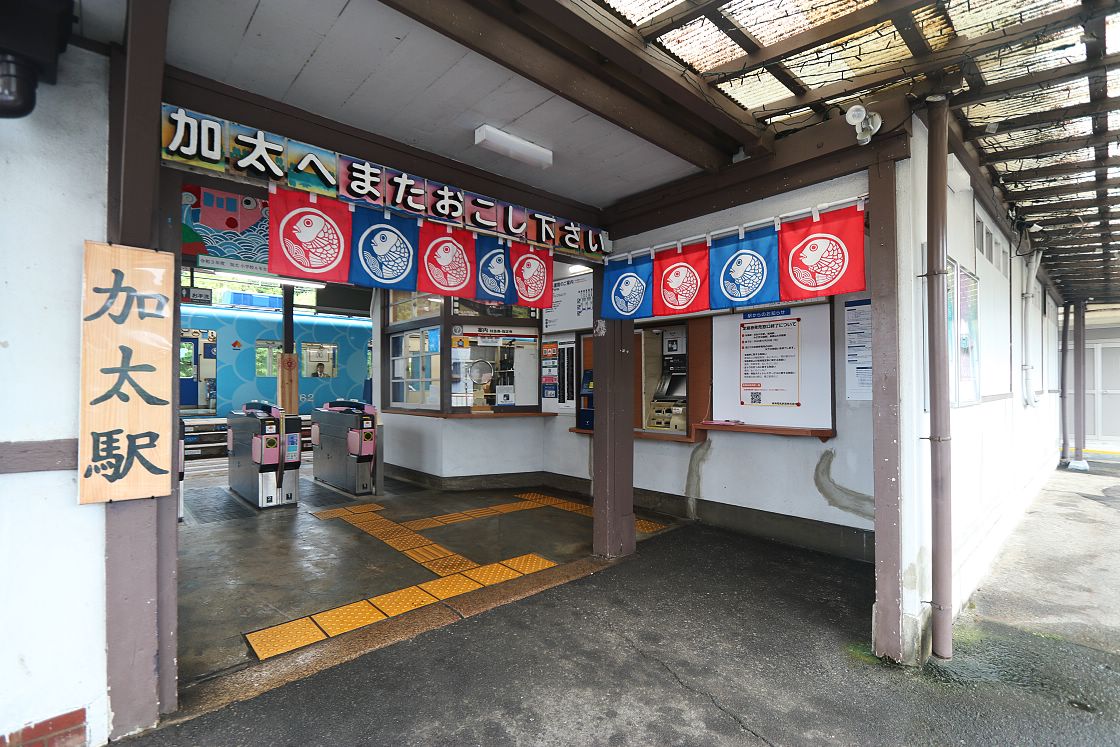
Leaving the station, I took an easy 15-minute stroll through the town towards the harbor, on the way passing a handful of historical buildings including the former Maruji Soy Sauce Storehouse, built from red English-style bricks in 1923, and the former Kada Police Station, a two-story wooden building dating to 1921.
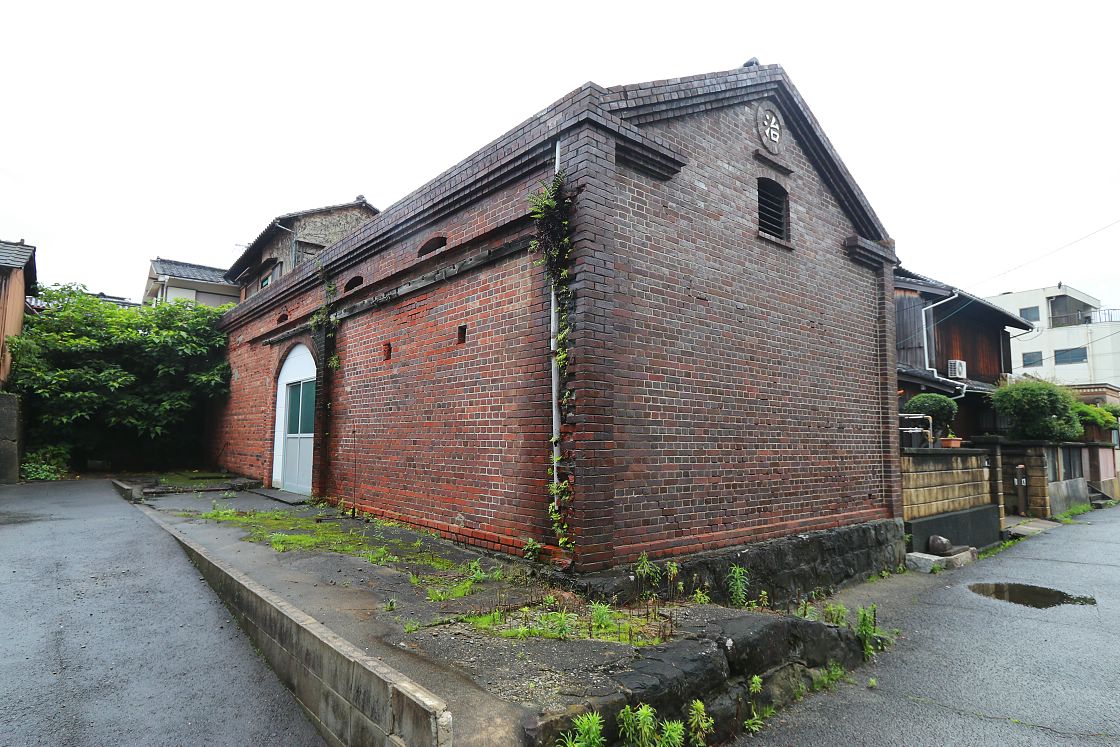
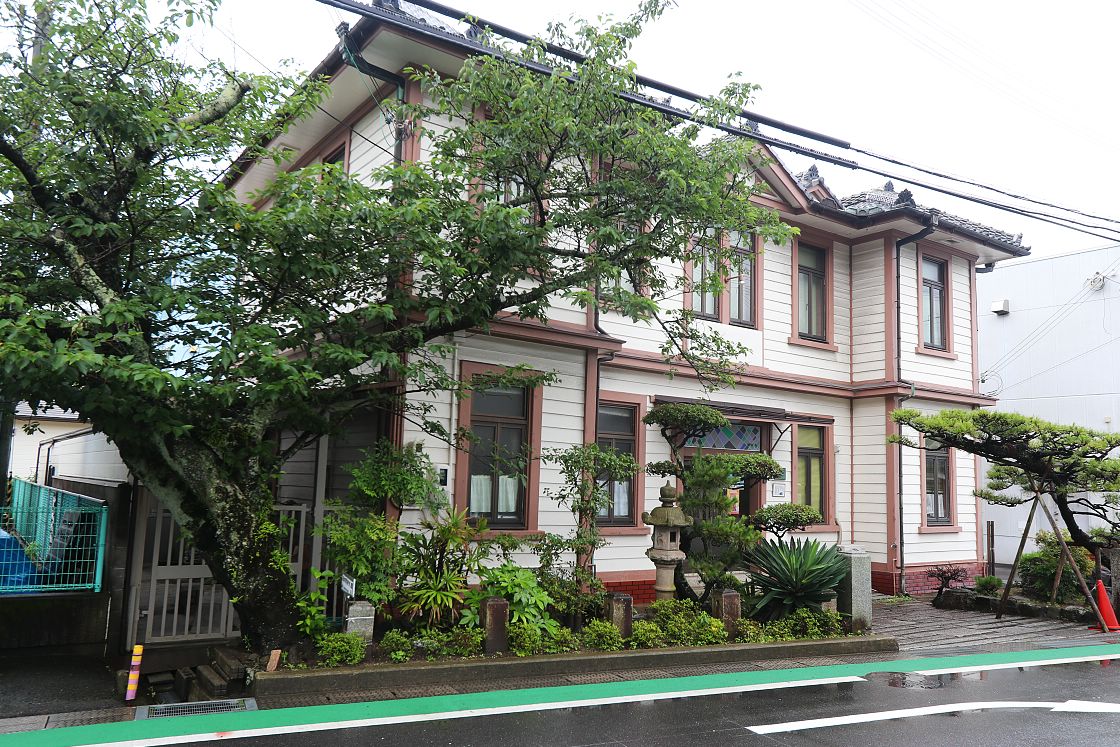
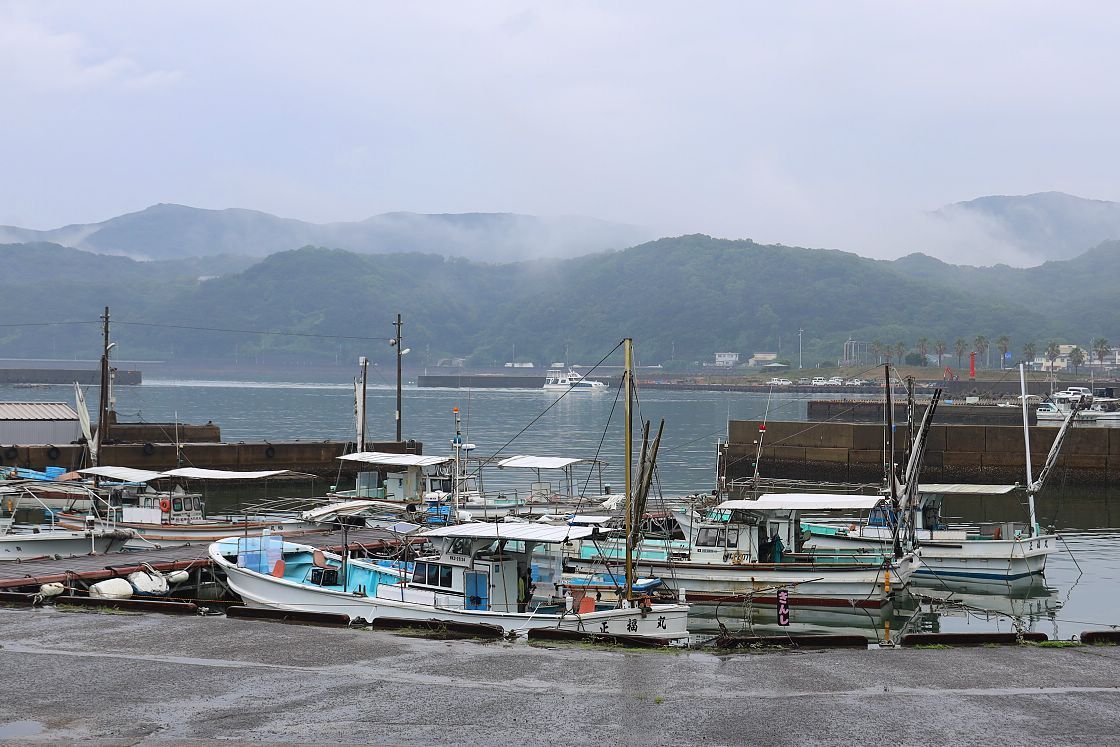
In need of a snack, I stopped by Kishimoto Shoten for some agepan - a deep fried bread roll filled with bean paste or custard cream and coated in sugar, not unlike a beignet.

Along a quiet side street just a few steps from the port, I made a second stop at Kojima Ichi Shoten, a little snack shop specializing in sweet, sticky rice cakes flavored with the medicinal herb yomogi and filled with red bean paste.
Already a favorite with locals, the shop has become even more popular in the last couple of years due to its appearance in an animated series called Summer Time Rendering, set in a quiet seaside town much like Kada. Known as yomogi mochi, the cakes turned out to be quite delicious, with the yomogi adding a herbal, slightly earthy tone to the mixture.
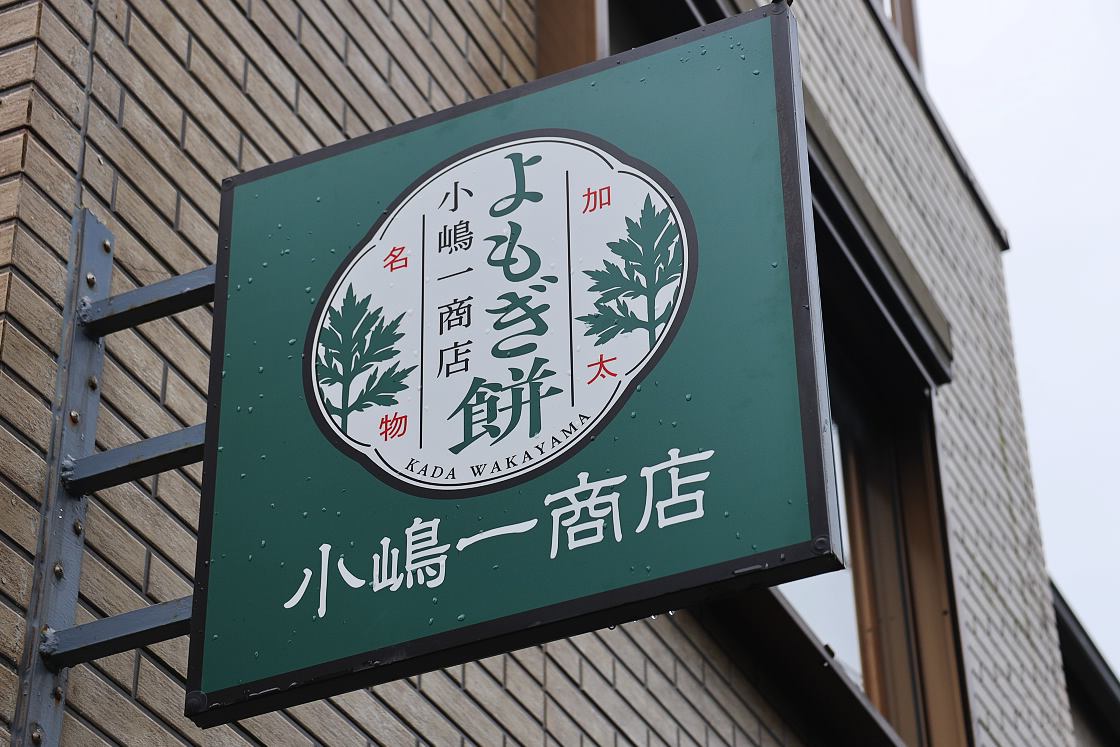
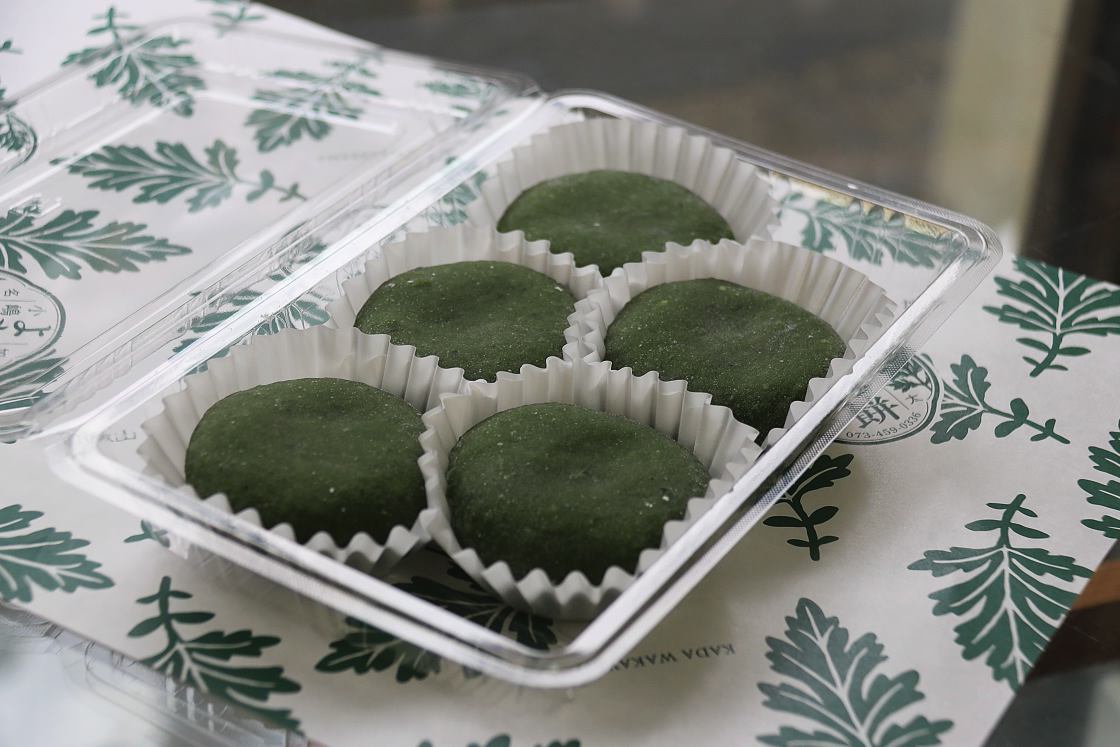
The town's most popular sightseeing spot is the Awashima Shrine, located in an attractive little precinct directly across from the seafront. According to legend, the shrine's story began in the 3rd century, when the legendary Empress Jingu was forced to take shelter on nearby Tomogashima Island - then regarded as sacred - on her return from an expedition to Korea. Once safely back on the mainland, she offered prayers to the two deities that lived on the island - one associated with agriculture and nation building, the other with medicine and childbirth.
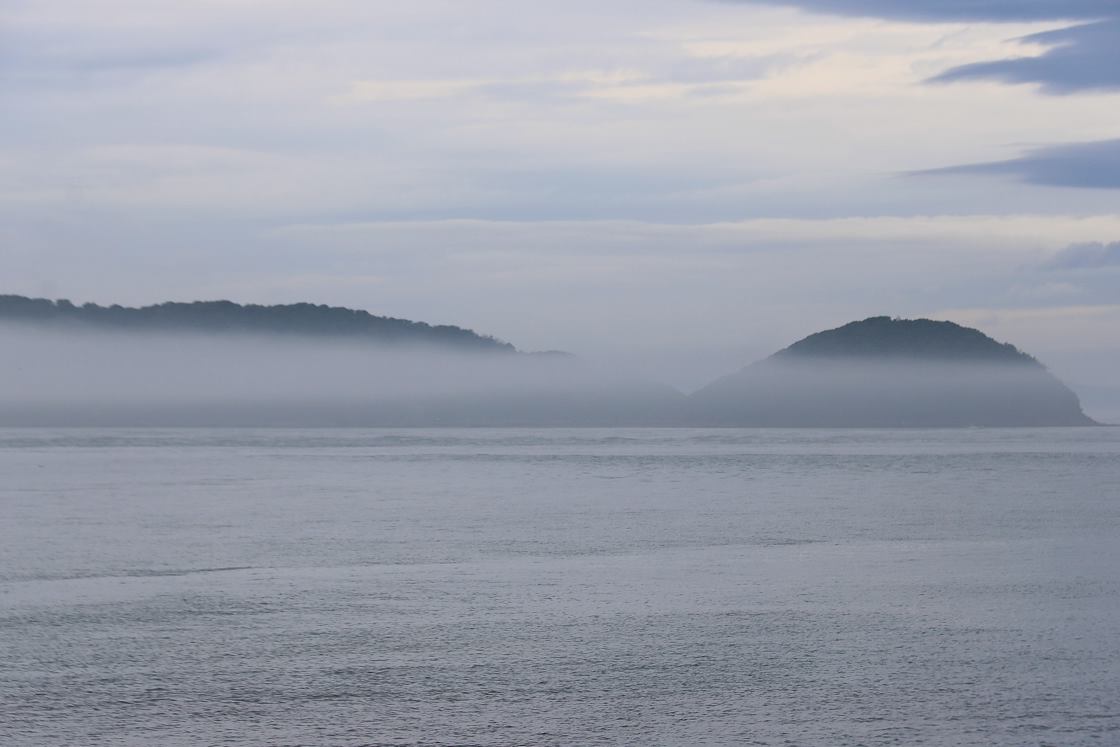
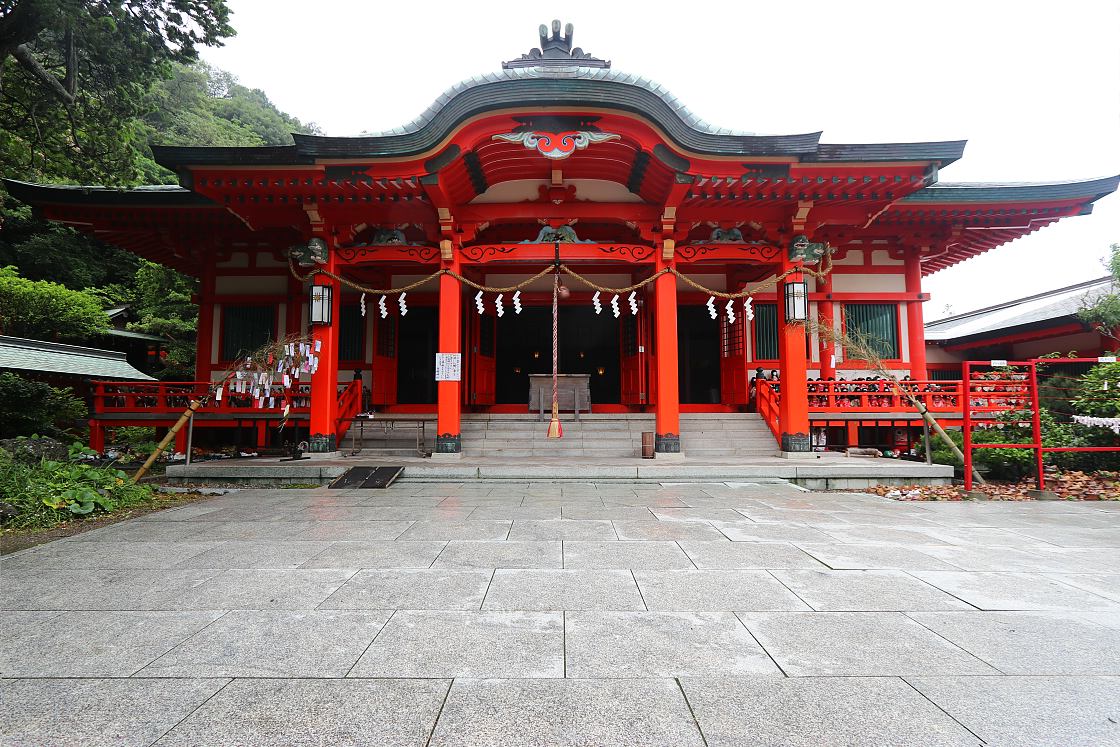
Today, the shrine is best known for its annual Hinanagashi festival, in which dolls donated by local families are blessed and put out to sea on small boats in a centuries-old ritual said to banish any lingering misfortune from their former owners, and for the hundreds of dolls, masks and animal figurines displayed throughout the shrine's grounds.
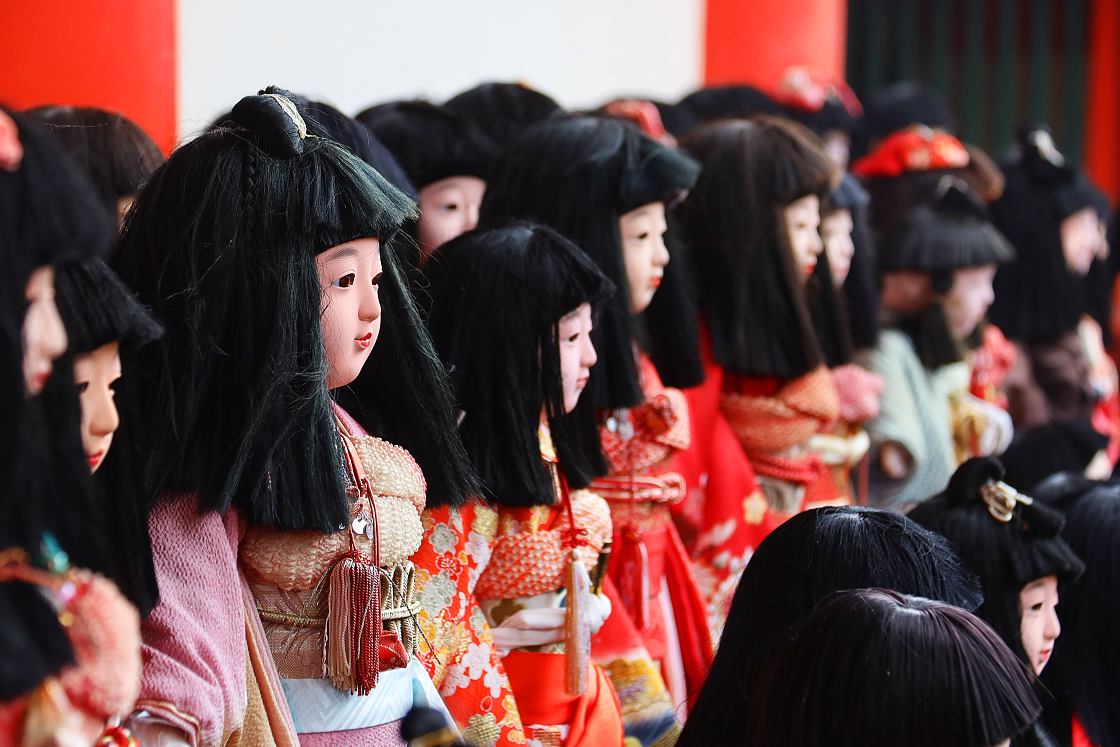
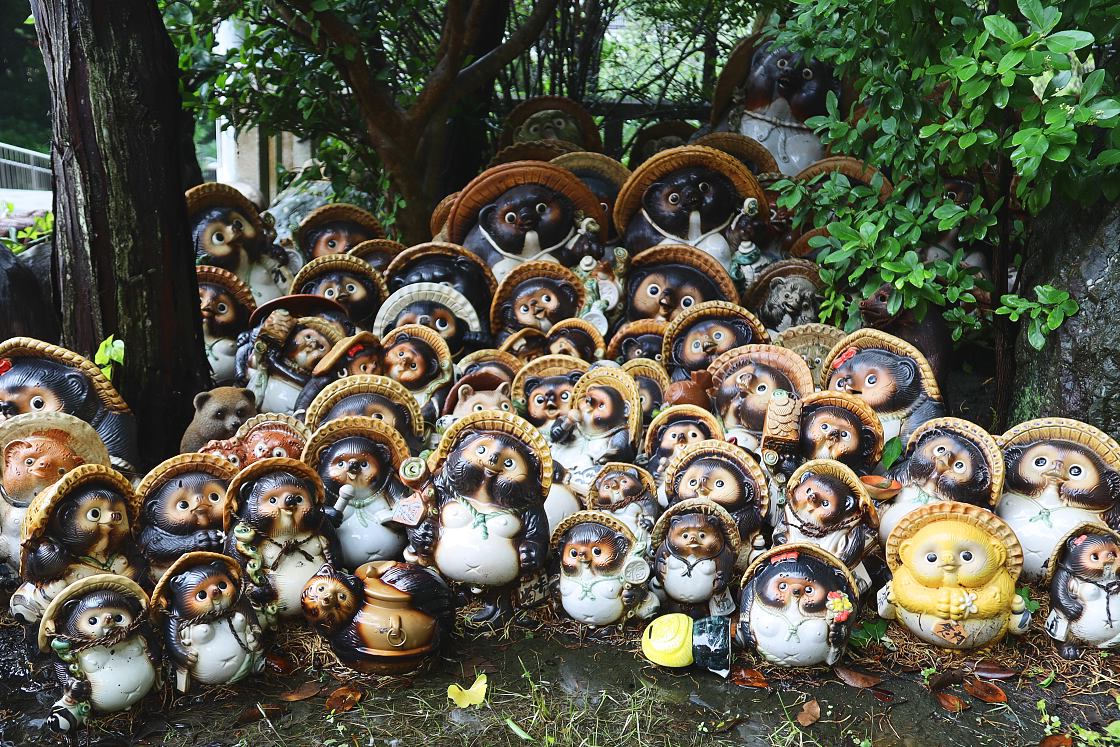
After a good look around, I dropped in for lunch at Uoichi Shoten, a simple seafood restaurant on a little side street just off of the shrine grounds. Here I enjoyed one of my favorite dishes - deep fried aji or horse mackerel, served with rice, miso soup, pickles, a side of oden and a traditional dessert. Delicious, simple fare - and great fuel for an exciting day of sightseeing.
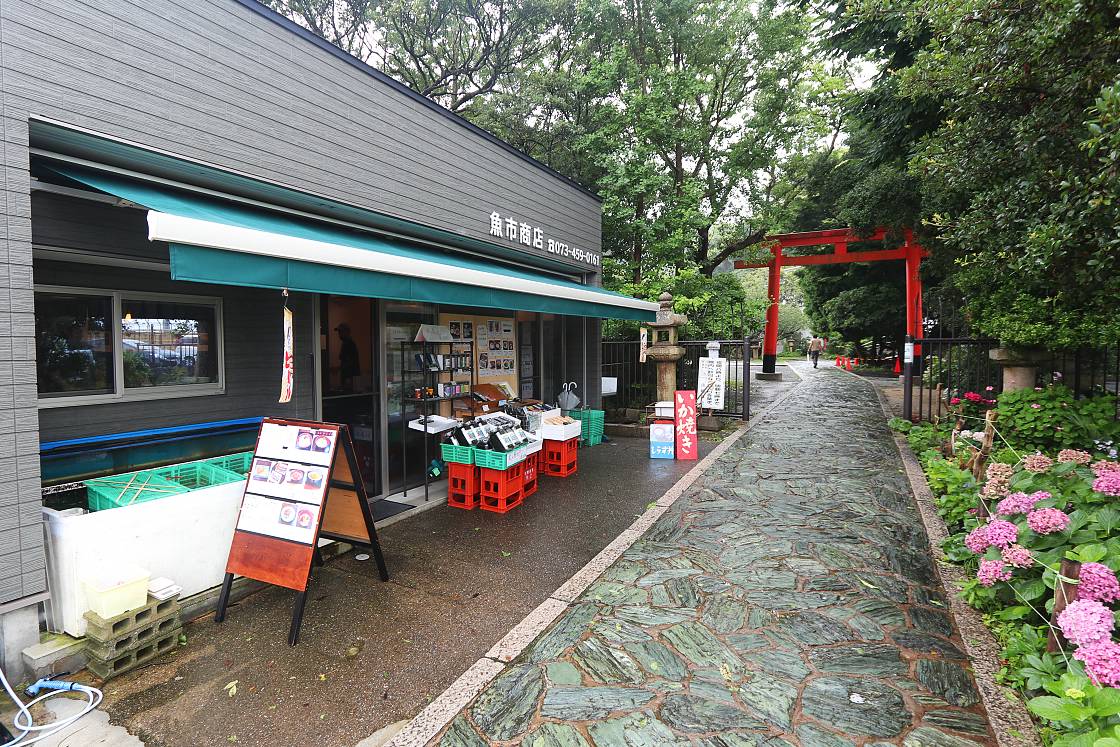
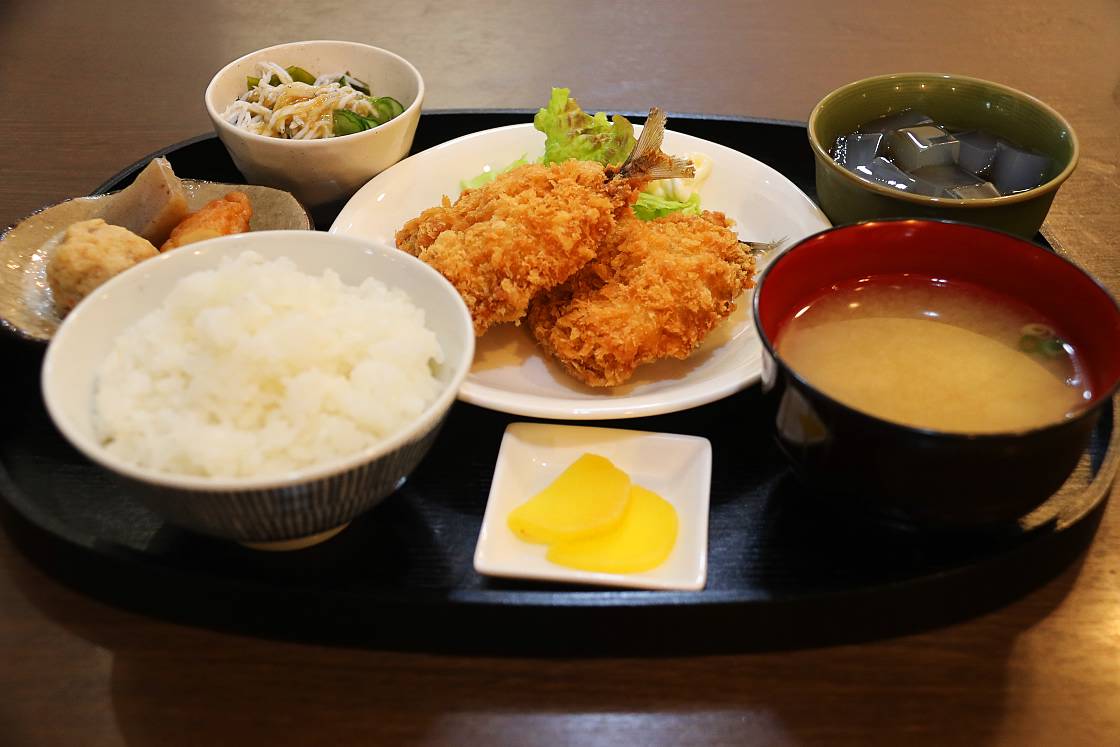
Fully satisfied, I retraced my steps to the station and jumped back on the Medetai Kai train to Wakayamashi, before changing to a taxi for a five-minute ride to my next major sightseeing spot of the day - Wakayama Castle.
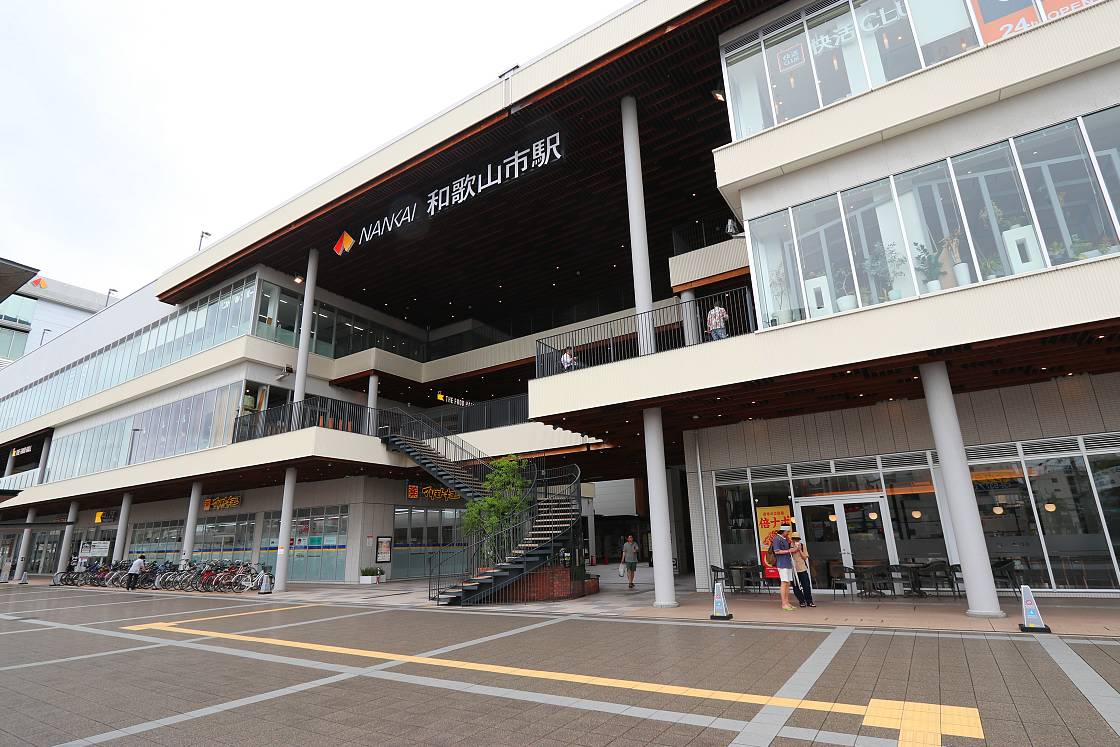
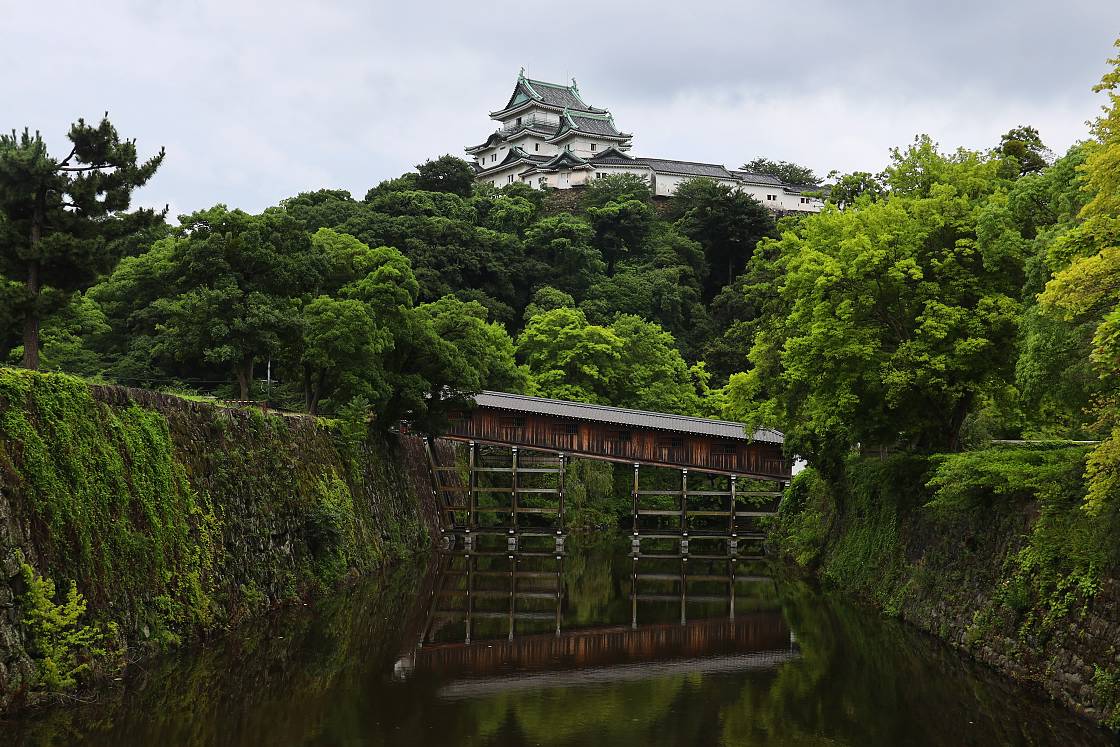
Constructed in its original form in 1585 by the warlord Toyotomi Hideyoshi, Wakayama Castle quickly became an important regional power center and drove the development of what is now Wakayama City from a small backwater settlement into a thriving political and commercial hub. From the early Edo Period (1603-1868), the region prospered under the Kishu Tokugawa - one of the ruling Tokugawa Clan's three main cadet branches - who would later produce the final seven of Japan's shogun, and who expanded the castle into something resembling what it is today.
The castle's distinctive main keep comprises two towers, one large and one small, in addition to two smaller watchtowers, all connected by covered walkways - and was one of just three major Japanese castles built in this style. Sadly, the original keep was struck by lightning and burned down in 1846, with its first - more faithful - reconstruction also being destroyed by allied bombing in the Second World War. What stands today may be a modern facsimile made from steel and concrete, but it maintains a sense of the original's graceful design.
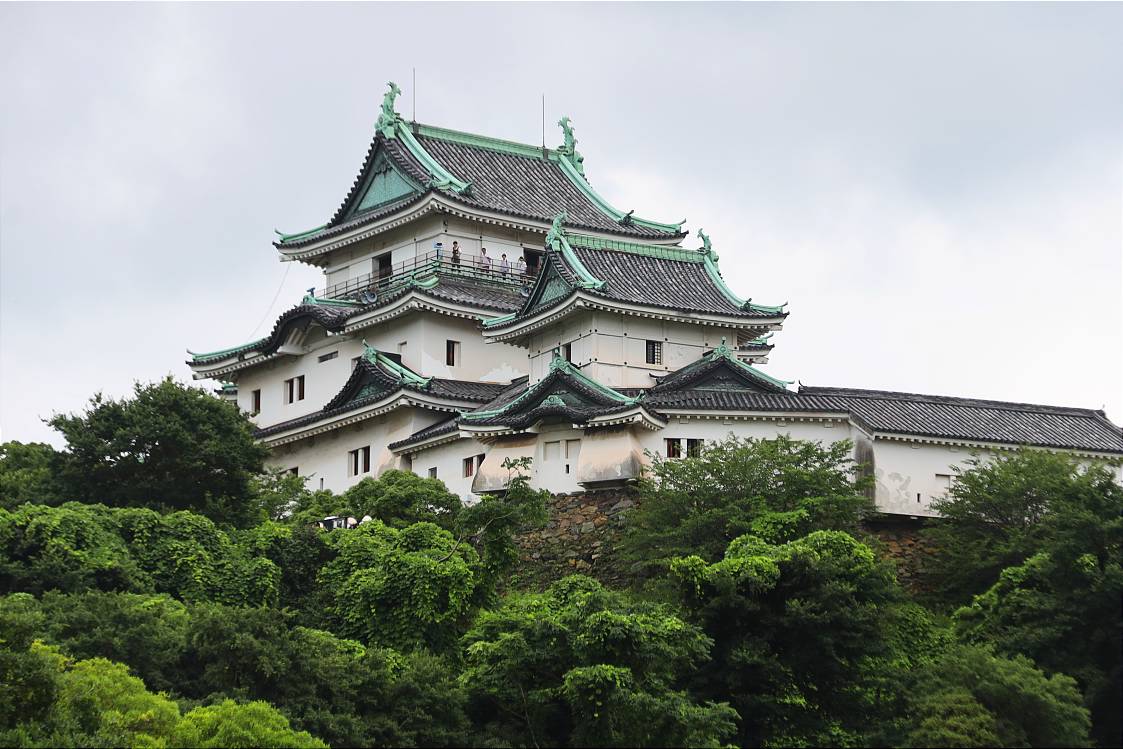
Making my way through the castle grounds, I took a few minutes to explore Nishinomaru Teien - a beautiful landscape garden that was once the exclusive preserve of the regional lord or daimyo himself, high ranking family members and the most important of visitors. Built in the early Edo Period, the garden centers on a large pond connecting to the castle's defensive moat, with a stately floating pavilion completing the scene.
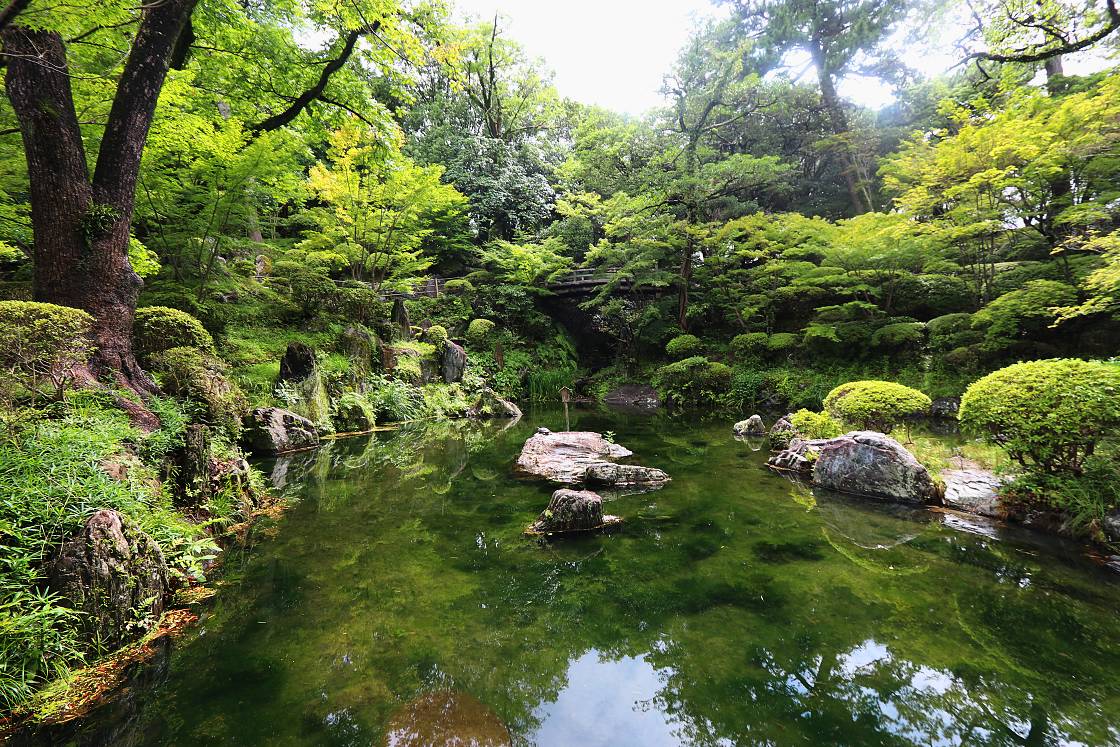

After a circuit of the garden, I took a quick break from the summer heat at Koshoan, a traditional teahouse built in 1973 with donations from a wealthy local businessman. Here, visitors can enjoy a bowl of matcha served with a seasonal sweet. As a refreshing counter to the summer heat, today's sweet was made from kingyoku - a kind of sweetened, blue tinted jelly resembling flowing water.

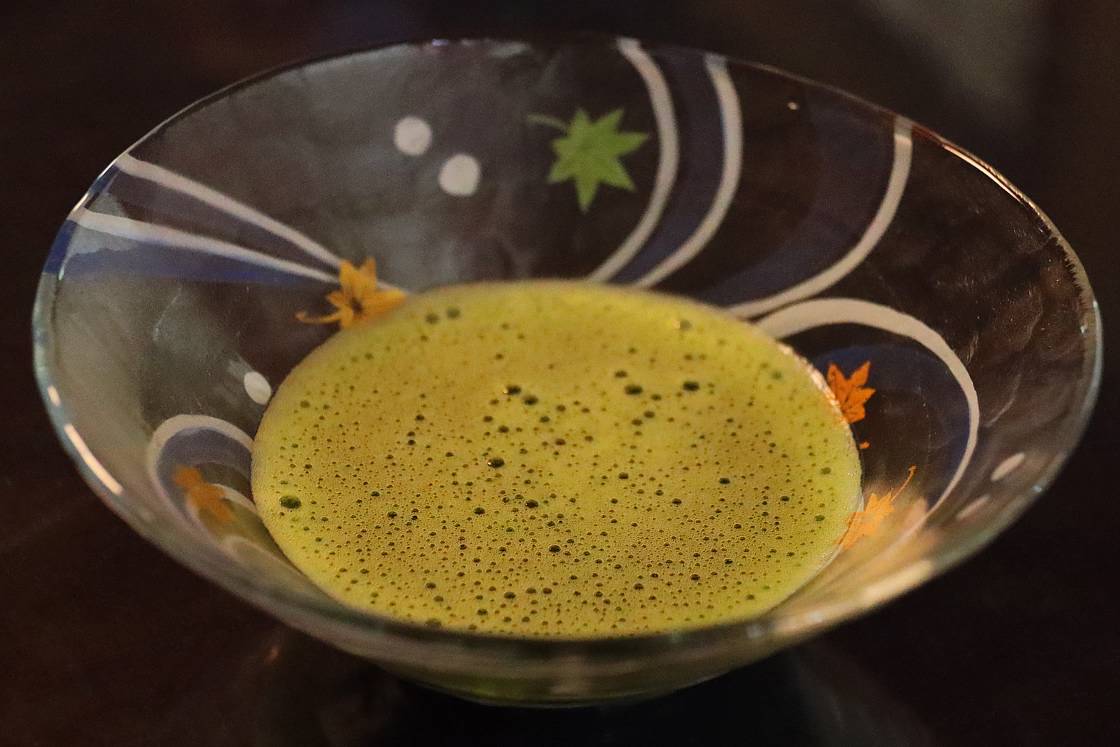
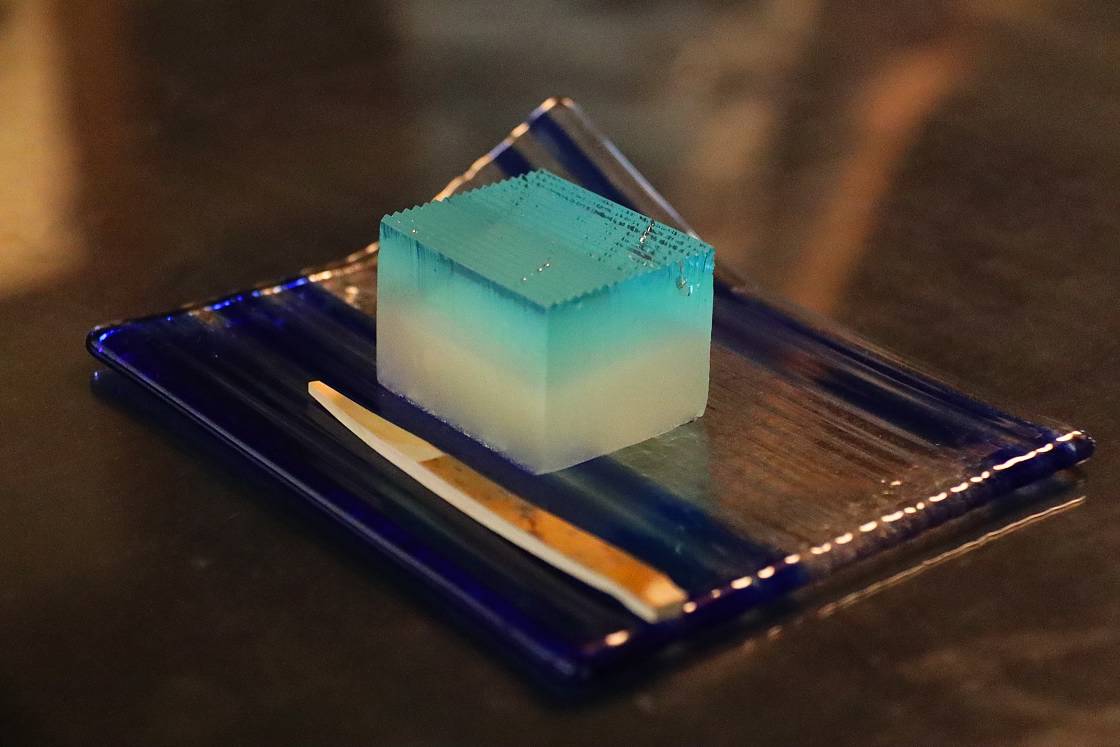
Completed in 2006, a reconstructed bridge called the Ohashi Roka leads across the moat from the garden to the former site of the Nishinomaru Palace - the lord's official residence and the administrative center of the fief at large. Unusually, the bridge is protected by a roof and slopes quite steeply upwards, with its wooden floorboards also slightly angled to prevent slipping.
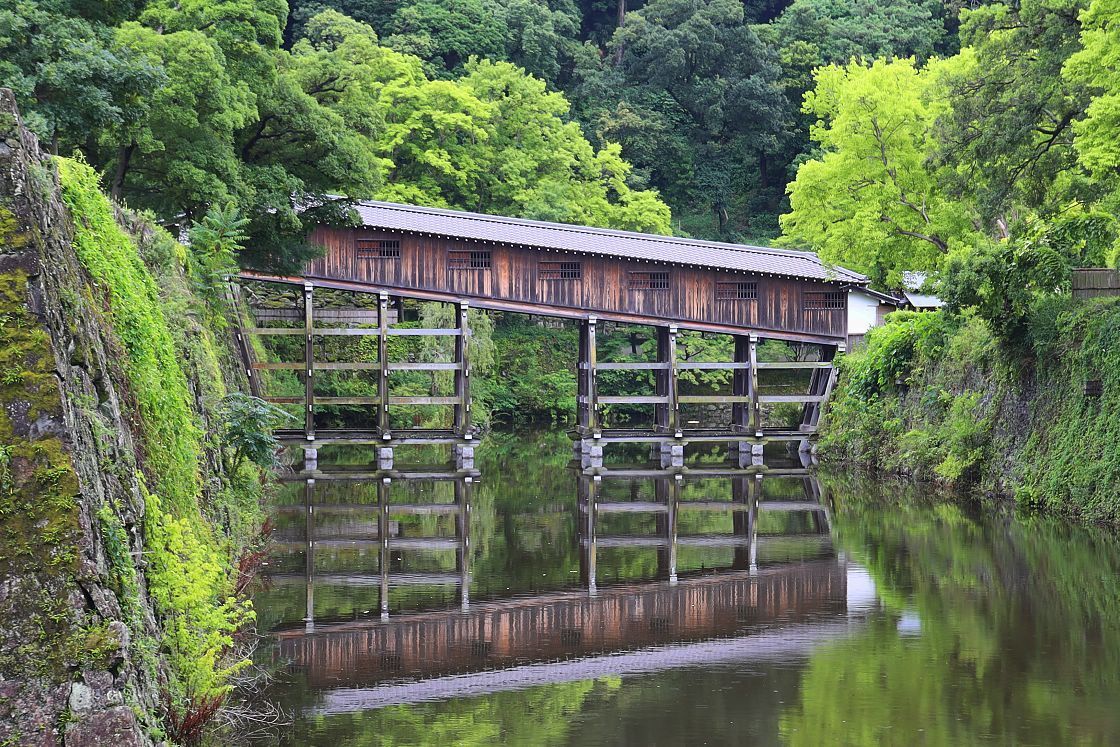
Of course, the highlight of my time at Wakayama Castle was a visit to the keep, overlooking the surrounding landscape from its perch atop Mount Torafusu. While the interior has little in common with its original appearance, visitors can learn about the history of the castle in a series of simple exhibits, leading up to a top floor observation deck with spectacular views over the city and beyond.
It would soon be time to say goodbye to Wakayama and take a Nankai Railway train back to central Osaka, but for a few moments the rolling, forested hills and sparkling sea seemed to call out for more time, more exploration - a reminder that even my hugely enjoyable day had barely scratched the surface of all there is to see and do here.

